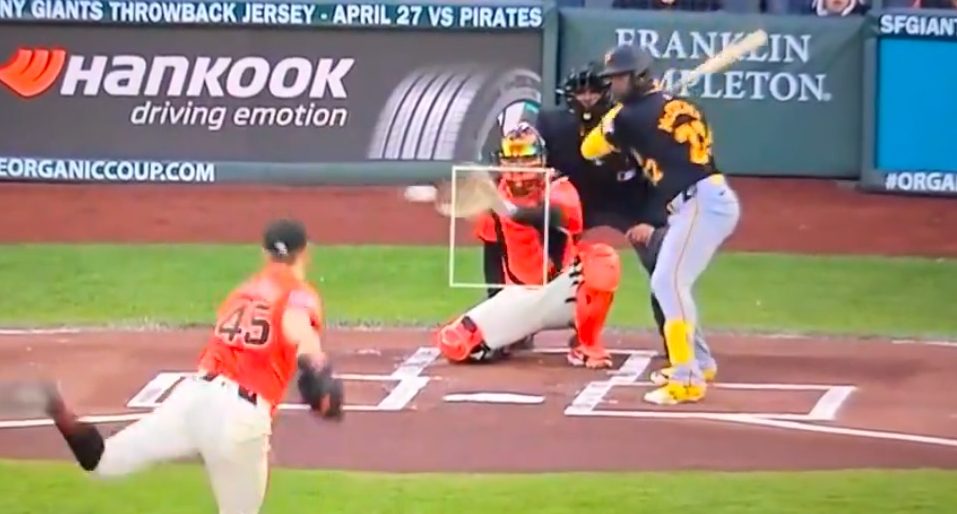Back in 2001, General Motors (then parent company of Hughes Electronics, which owned DirecTV) agreed to sell Hughes to EchoStar (then consisting of basically just Dish Network) for $26 billion. The deal was never allowed to be completed, as it faced major antitrust scrutiny from the FCC, Department of Justice, and many states.
The sides briefly flirted with the idea again in 2014, only for AT&T to preemptively strike by acquiring DirecTV. Now, though nothing is imminent, Dish Network has again reportedly approached AT&T and DirecTV about a potential merger, likely the result of consistent subscriber losses for both companies.
From Scott Moritz and Nabila Ahmed at Bloomberg:
“Both companies are seeing substantial declines in customers and when that happens, you see management teams start making plans,” said John Hodulik, an analyst with UBS. “As we’ve seen in this industry, it has usually led to consolidation.” Hodulik wrote a research note Thursday outlining the benefits of a such a merger.
Representatives for Dish and AT&T declined to comment. The two companies have no active deal talks going on, according to the people, who asked not to be identified discussing internal matters. In a second merger try in 2014, Dish Chairman Charlie Ergen approached DirecTV. But AT&T swooped in weeks later and agreed to buy DirecTV for $48.5 billion.
Dish rose as much as 6.3% to $38.47, the biggest intraday increase since January, after Bloomberg reported the companies would consider combining their satellite-TV operations. AT&T gained 1%.
As to how the deal would work, Bloomberg offers this realistic scenario, featuring AT&T selling DirecTV to Dish, while possibly retaining a stake in a few important areas:
Each company could gain real benefits from a deal. AT&T might retain a minority stake in the combined TV business and part of the cash flow, Hodulik said. It could also obtain valuable airwaves owned by Dish for its nationwide wireless business. If Dish controlled the satellite business, it would have about 29 million subscribers, becoming the largest pay-TV service in the U.S. and gaining leverage in lowering programming costs.
Antitrust concerns would still definitely be a factor, but 2019 is a very different world than 2002, or even 2014. Back then, if you wanted a television provider and didn’t want to use your local cable company, DISH or DirecTV were pretty much the only options. Now, there’s seemingly another streaming service popping up all the time to offer content, including services like Hulu Live, Google’s YouTube TV, and AT&T’s own U-Verse that mimic the offerings of traditional television providers.
In that landscape, the idea of DirecTV and Dish joining forces sounds a lot less threatening to the average consumer, especially considering the dwindling number of total subscribers between the two.







